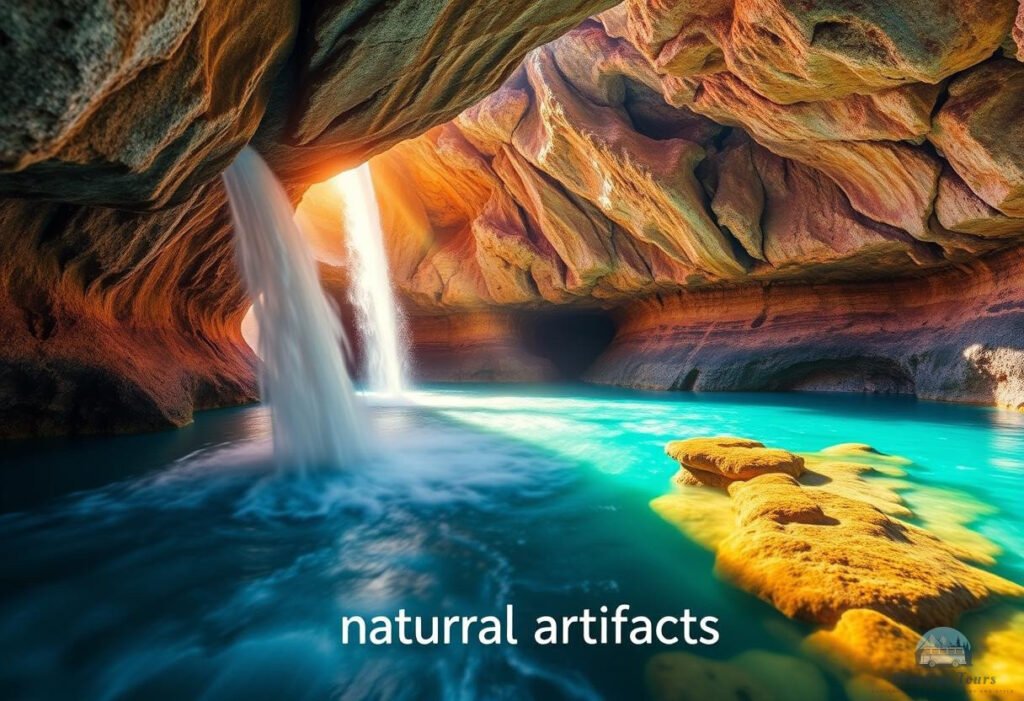Myths about the Northern Lights: the reality and unreality of the northern lights
Northern myths of light, such as the aurora borealis, fascinate people with their magnificence and mysterious nature. This natural phenomenon is deeply rooted in the cultures of northern peoples, causing admiration and many myths around it. In this article, we aim to dispel common myths about the aurora borealis and present facts based on scientific data.
The main myths about the northern lights
Myth 1: The Northern Lights are an omen
Historically, the aurora borealis has been seen as a sign of important events or changes. Many cultures have associated the phenomenon with gods or ancestral ghosts, adding to its mystical aura. Modern interpretations of this myth often affect the perception of the aurora borealis, leading to misconceptions about its meaning.
Myth 2: The Northern Lights can be seen at any time of the year
Although the aurora borealis can occur under different conditions, its observation depends on the time of year and geographical location. Seasonal changes, such as polar night and clear skies, have a significant impact on the visibility of the northern lights. Optimal conditions for observation often occur in cold winter weather when the sky remains clear for a long time.
The reality of the polar lights
Scientific explanation of the phenomenon
The aurora borealis is caused by the interaction of charged particles from the solar wind with the Earth's atmosphere. These particles collide with air molecules, causing the glow we see. The beauty and variety of colors of this phenomenon depend on the altitude and composition of the molecules in the atmosphere, ranging from green to red and violet.

Technologies and tools for surveillance
Advancements in technology have made it easier to see the aurora borealis. There are various apps that help predict when and where to see this amazing phenomenon. Tourists can use special cameras and equipment to capture the aurora, and also get advice on how to see it from experienced photographers and local guides.
Travel Tips: How to See the Northern Lights
The best places to observe the northern lights
The most popular places to see the aurora include the regions of Western and Eastern Siberia, Norway, Finland and Iceland. These areas often have less light pollution, which increases the chances of a successful observation. It is recommended to choose places away from cities, where the sky remains as dark as possible.
Preparing for the trip: equipment and climate conditions
Watching the aurora requires careful preparation. You will need warm, multi-layered clothing, special cameras and tripods. Consider the weather conditions and bring necessary accessories, such as flashlights and thermoses with hot drinks, to make the most of your time in the cold.
Conclusion
It is important to recognize the myths about the aurora borealis so that you can consciously enjoy its splendor and not be misled. A call to explore the reality and nature of the northern light myths will help you understand this unusual phenomenon better and make your trip unforgettable. For more information about the aurora borealis, you can read this material on the NASA website: NASA.
Be sure to share your impressions and observation experiences in the comments or on your social media pages. Travel, explore and let the northern myths of light change your perception of the world!












